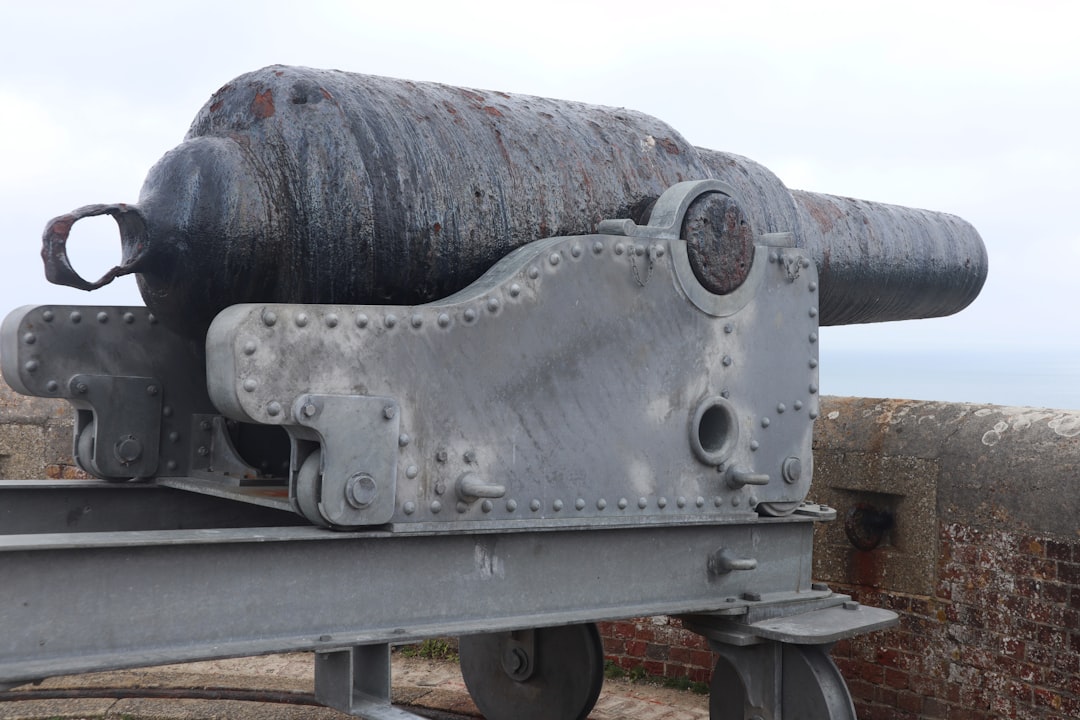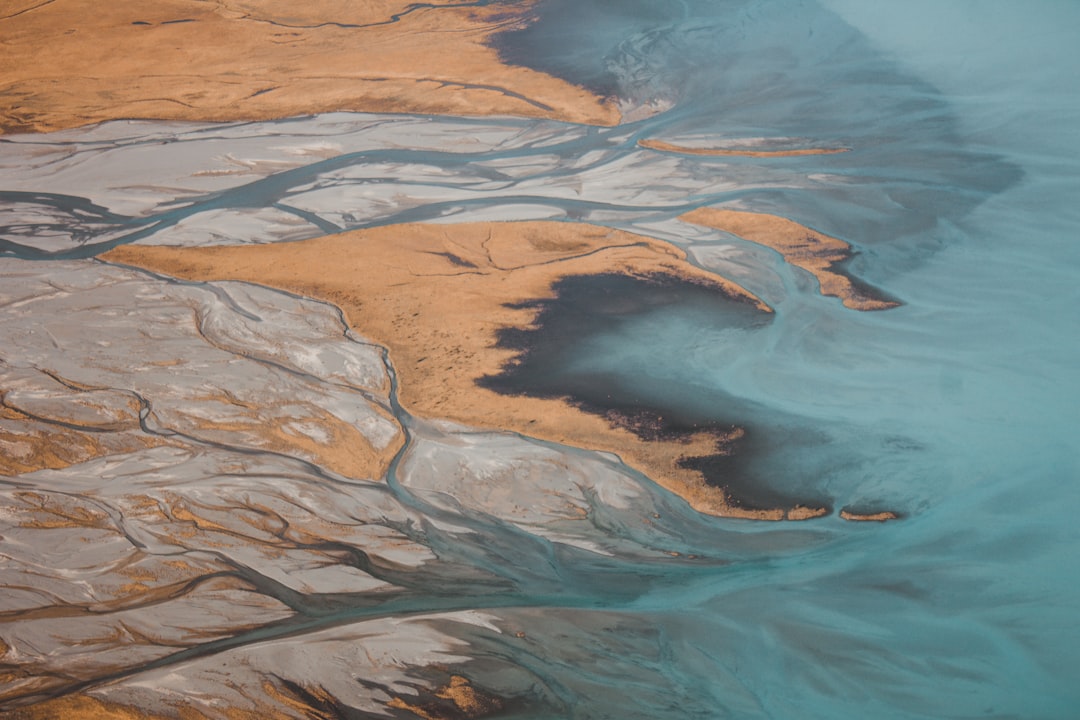What is it about?
The main objective of the present contribution is to improve the understanding of the behaviour (and consequently the sorting) of heavy minerals during transport and deposition in streams with a high accumulation rate. For the purpose we (1) interpret the hydraulic regimes and processes that affected the heavies that are present now in the sandurs and the ice-marginal valley, (2) investigate the heavy-mineral compositions in the various lithofacies of the two sandurs and the ice-marginal valley, (3) analyse the changes in the heavy-mineral content at some places in the ice-marginal valley, and (4) investigate in what way optimum use of heavy-mineral analysis can be made to determine the influence of the hydrodynamic conditions on the accumulation of glaciofluvial sediments.
Featured Image
Why is it important?
Heavy-mineral and sedimentological analyses of glaciofluvial and fluvial sediments indicate that most changes in the proportion of the various heavy-mineral species in gravelly and sandy sediments can be ascribed to changes in the flow regime, which is, in turn, related to the density of the various heavy-mineral species. In addition, the turbulence of the current and the bedform played a role in the sorting.
Read the Original
This page is a summary of: Sorting of heavy minerals in sediments deposited at a high accumulation rate, with examples from sandurs and an ice-marginal valley in NW Poland, GFF, February 2015, Taylor & Francis,
DOI: 10.1080/11035897.2015.1009158.
You can read the full text:
Contributors
The following have contributed to this page










